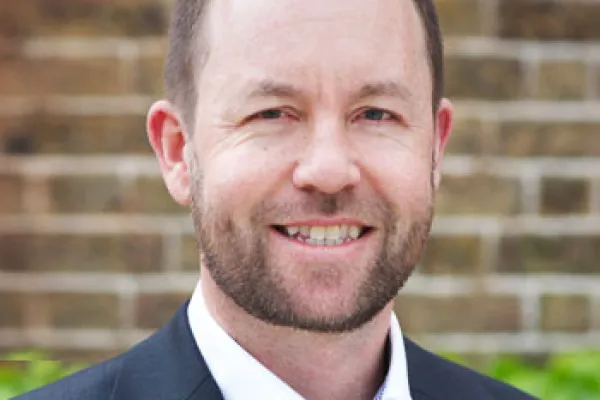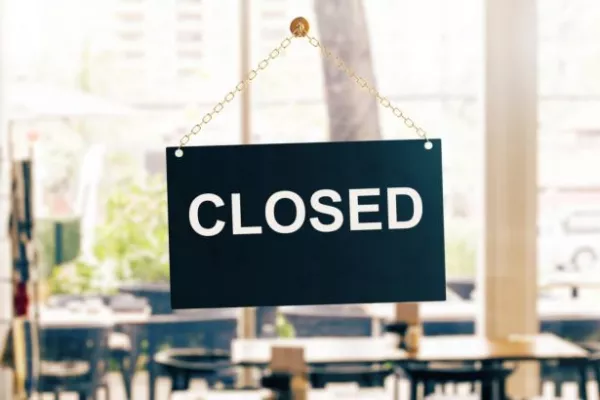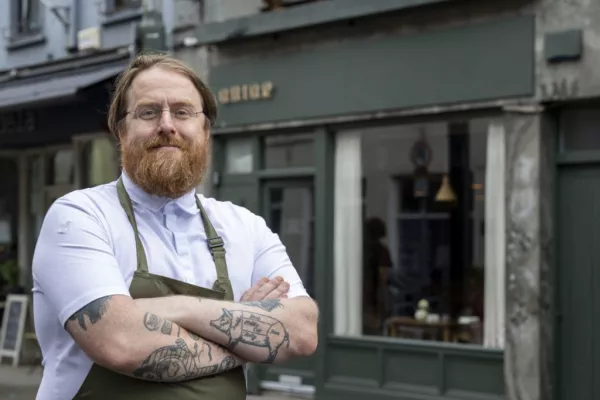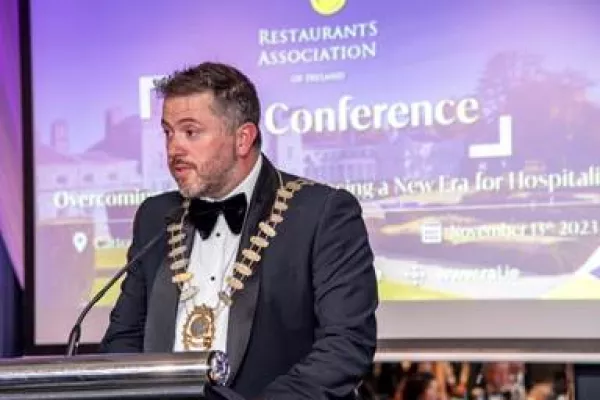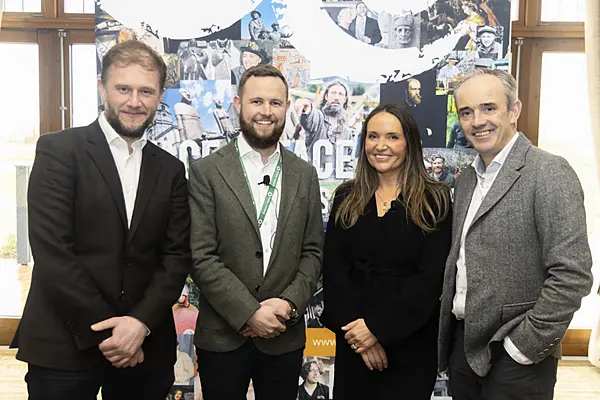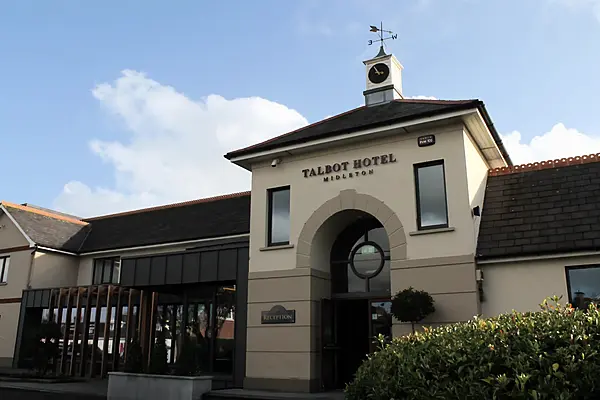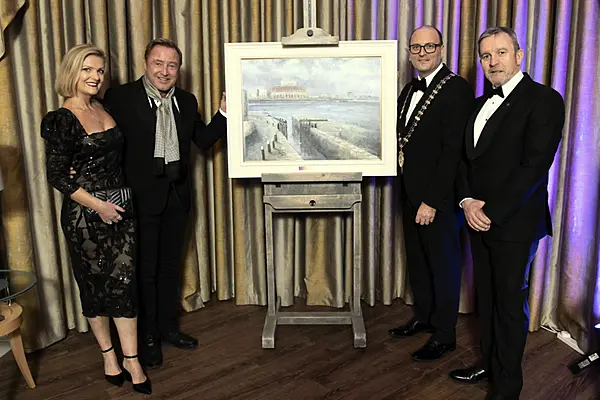Eoghan O’Mara Walsh, CEO of the Irish Tourism Industry Confederation (ITIC), reflects on the challenges that the Irish tourism industry has faced in the last 12 months, and the opportunities that lie ahead for 2024.
It is estimated that €5.3 billion will have been spent by international visitors while visiting Ireland in 2023. This is according to the Irish Tourism Industry Confederation (ITIC), in its 2023 Review.
Its 2024 Outlook shows that Irish tourism remains robust, despite domestic cost challenges and international geopolitical events.
Eoghan O’Mara Walsh, CEO of the ITIC, speaks to Robert McHugh about accommodation constraints, the Dublin Airport passenger cap, and the effect that AI will have on the Irish tourism industry in 2024.
What do you think were the main challenges for Irish tourism in 2023?
I think cost and capacity were the main challenges. Business costs were fairly significant, as you can imagine, and capacity was a big issue.
There was a lack of accommodation in the system because the government took so many beds out of the tourism economy for refugees and asylum seekers.
Labour shortages and lack of car hire were also a big challenges.
Cost and competitiveness were probably the biggest challenges, but, thankfully, demand was strong from markets such as the US.
Overall, it wasn’t a bad year, but, going into 2024, some of these issues need to be resolved.
Does the North American market offer good prospects for 2024?
The US and Canada are probably our best prospects. They have been the best-performing markets since Covid, and they are probably our best markets for 2024 as well.
A lot of this is down to air access. Transatlantic access is very strong, particularly from Aer Lingus. Dublin is a safe hub between the North American bloc and the European continent. That’s good for Irish tourism – lots of new routes – so if there is good access into the country and if the US economy stays strong, that will be our best prospect for this year.
The US market and the Canadian market are great for Irish tourism because visitors from these countries tend to spend quite a bit of money, they stay longer, and they tour the region, so they are really an attractive market.
What can be done to solve accommodation constraints in 2024?
It’s twofold. First of all, I think – just in terms of the overall picture – about 20% of all tourism beds are contracted to the government, so, therefore, they are unavailable to the tourism economy. So, that’s obviously massively significant, and that is a huge handbrake on growth and also affects the price because demand and supply is out of sync. Therefore, the price of available rooms goes up, which potentially damages Ireland’s value proposition.
One solution is that the government needs to come up with an alternative plan to housing refugees and asylum seekers. At the moment, they are overly dependent on the tourism accommodation sector.
By all means, hotels and guest houses will play their part, but they can’t be the sole accommodation provider, and the government have to come up with a Plan B. That includes alternative forms of accommodation – modular housing, state institutions, vacant dwellings, holiday homes. There needs to be other forms of accommodation, as opposed to hotels and guest houses.
The second solution to the accommodation shortage is extra supply. I think the government need to be more interventionist in this regard and actually incentivise hotel development and increase the pipeline of new hotels. That is important because Ireland, for a long time, has had a shortage of tourism accommodation of hotels, particularly in specific parts of the country. That needs to be remedied if we are to grow into the future.
Should the current Dublin Airport passenger cap be lifted?
At the moment, Dublin Airport is pretty much open. Its ceiling of passenger numbers is 32 million, and they have applied for a passenger cap of 40 million. We think that needs to be approved, granted and expedited. It is vitally important for Irish tourism, but also for the overall economy.
The airport and the aviation sector are making huge strides in terms of sustainability. They have been responsible in terms of growth, but if Dublin Airport has a cap enforced of 32 million, it’s going to be very difficult for Irish tourism to grow into the future because there is room for growth in Cork and Shannon, and probably Belfast, but Dublin will always be the main gateway into the country. If airlines can’t actually use Dublin because of the planning cap, then those airlines are likely to go elsewhere – you know, Manchester or Frankfurt, or other European countries.
Aircraft is the classic definition of a mobile asset. We are an island nation, and Dublin is the main gateway. We have got to be realistic about this, to make sure we can accommodate growth into the future.
How have your members reacted to the tourism VAT rate hike since it was increased last September?
I mentioned costs earlier, and VAT is obviously one of those costs. The infuriating thing is that there’s so many costs which are outside of the control of business or government, but VAT is one of those things which is very much in control of the government.
It had been 9% for ten of the last 12 years, so it very much was part of the Irish tourism industry. It put Ireland on an even keel with the rest of Europe at that rate – we were competitive – but on 1 September, government chose to increase it to 13.5%, so it’s put an enormous strain on businesses.
Hospitality businesses have two choices: they either take it to the bottom line, which obviously squeezes their margins, or they pass it on to the consumer, which affects their value because their price is going up.
In reality, hospitality businesses have had to do a bit of both. They have had to squeeze margins and have higher prices for consumers, so it’s been really bad for business, particularly when you head into a year where there’s lots of challenges, like the war in Europe and the Middle East. Labour costs alone are soaring – when you add the increased minimum wage, the enhanced sick pay, the pension, all the legislative labour costs that have started already, that’s about €4 billion to the cost of businesses payroll.
So, you can imagine a sector like tourism, with lots of SMEs – that puts an enormous burden on them. I think the government should revisit VAT rates, in particular, for food-related businesses. I think the government need to look again at the 9% rate.
What other trends have you seen in Irish tourism that may not be as obvious to most people?
I think one of the big trends in tourism globally, but also in Irish tourism, that we need to look at quite closely is the impact of AI.
Artificial intelligence is impacting society in all sectors of business, and, likewise, in tourism. It can be used for good, but, like all advances in technology, it can damage a sector, so I just think we have to be careful.
The Irish Tourism Administration Federation will be doing a report this year on AI, but I think government and agencies need to make sure that the good aspects of it are embraced, and the less attractive aspects of AI are mitigated against.
What do you think will be the main opportunities in 2024 for the Irish tourism industry?
As I mentioned earlier, the main opportunities will be the North American markets. That is the big opportunity.
We will also have a new national tourism policy from government. It’s long overdue. It’s due, I think, in Q1, although it has been delayed, so don’t hold your breath.
I think it’s vitally important that the government, which is likely to have a ten-year time frame national tourism policy, is ambitious about Irish tourism.
We are the largest indigenous industry and the biggest regional employer in the country. I think government needs to match industry’s ambitions, and I think the national policy, which is going to set the framework for tourism for future governments, needs to be bold and ambitious about the future.
By all means, look at sustainable growth and sustainable initiatives, but also make sure that the largest indigenous industry of the country is appropriately supported because foreign direct investment and some multinationals could be outsourced – they can be offshored – and Irish tourism isn’t going anywhere, so let’s look after this really important sector.
